Local SEO (search engine optimization) Marketing is a concept that has really taken hold in the last couple of years. Google has clamped down on spam links and irrelevant backlinks. Guest post bloggbring has, according to some important sources, also declined as a valuable link-building strategy. There are fewer avenues for improving your local search results in Google. Content and backlinks are the cornerstones of any SEO campaign but local business listings are useful and often overlooked. In fact, they appear to be more relevant than ever before.
Google search is changing. Brand-first type results will be more common in the future. Brands and verified, identifiable businesses are receiving preference in the local search results. For Small Businesses, creating a trusted web property should be a priority. Creating local directory listings, where your ownership of the business is verified, can really help your search engine rankings. Local directories such as Yellow Pages, Yelp, and Zipleaf are valuable sources of traffic, links, social proof, and search engine optimization signals.
Here is our guide for small business owners to increase traffic to their local businesses.
To get started, I recommended installing the GMB Everywhere Chrome Extension. This free extension will make performing Local SEO Audits easier. Perform GMB category audits, customer review audits, Google post evaluations, and many other important Local SEO audit tasks.
- Physical Address for Online Success
- The local Business SEO NAP
- Google My Business and Google Maps
- Local SEO Strategy Plan
- Local SEO and On-Page SEO
- Local business directories
- Organic Clicks Vs Real Visits
- Google Business (ex-Google My Business)
- Reviews
- The Future of local SEO for small business
- Summary
- Need Local SEO Marketing Solutions?
Physical Address for Online Success
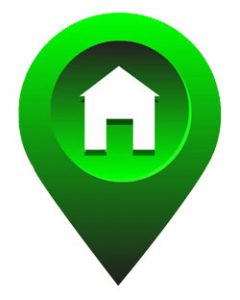
An important part of SEO for local business is having a genuine physical address.
This is not just recommended for businesses with storefronts. Online-only businesses often miss the point with local search engine optimization. Every business, whether it’s online-only or a ‘bricks and mortar' establishment should have a physical address on their website. The address can be a residential (the home address of the owner) or commercial location (where the business has an office). Businesses with a street front presence will benefit from having a physical address promoted on their websites.
The local Business SEO NAP
If you start looking into the world of local SEO you will come across the acronym NAP. It stands for name, address, phone number.
When Google builds a profile of your business it will expect to see the same NAP on your website, social media and local directory listings. And don't forget Google MyBusiness.
If your business address is 1 Main Street, Toronto, this is exactly how it should appear on your website, Google MyBusiness and Google Maps.
Perform searches for your business name and your address to see where on the web they might appear incorrectly.
If your correct NAP is 1 Main Street, Toronto M5V 3T4, Ontario, Canada then the following variations require updating:
1 Main Street, Toronto M5V 3T4
1 Main Street, Ontario
1 Main Street, Toronto, Ontario Canada
Make sure that your business listings are consistent everywhere on the internet. Your street address, phone number, and business name should be exactly the same across Yelp, Facebook, Google My Business, and anywhere else. You can use call tracking numbers to help track your marketing campaigns. Despite some talk about call tracking having a negative effect on SEO, this is now known to be false. Google is smart enough to understand when businesses use services like CallRail to improve their local SEO call tracking efforts.
Don’t know where you’re business is listed? Do a search for your business name like this in Google:
“Your business name” -yourwebsitedomain.com
As an example, for Fat Frog Media, I’d use
“Fat Frog Media” -fatfrogmedia.com
This will display any results that Google finds relating to the business brand name where it doesn’t appear on the website.
To go even deeper, you can use Brand Monitoring Tools to find out where your website is mentioned on the internet. These tools send alerts if someone (employee or blogger) writes an incorrect business address or phone number anywhere on the internet.
Google My Business and Google Maps
One thing that will really help your local SEO efforts are reviews on Google My Business (ex-Google Places). Ask your customers, clients, and friends, to leave reviews about your business. This will help boost your local search rankings. We don’t recommend buying reviews or doing anything shady. As Google integrates more intelligent algorithms into search, websites can pay dearly for their previous black hat tactics.
When a customer looks for a local service they will generally use a geographical location in the search term. “Auckland digital agency” or “outdoor gear Dublin” are examples. This is a signal to Google that you require the services of a local company. A typical Search Engine Results Page (SERP) might look like this:
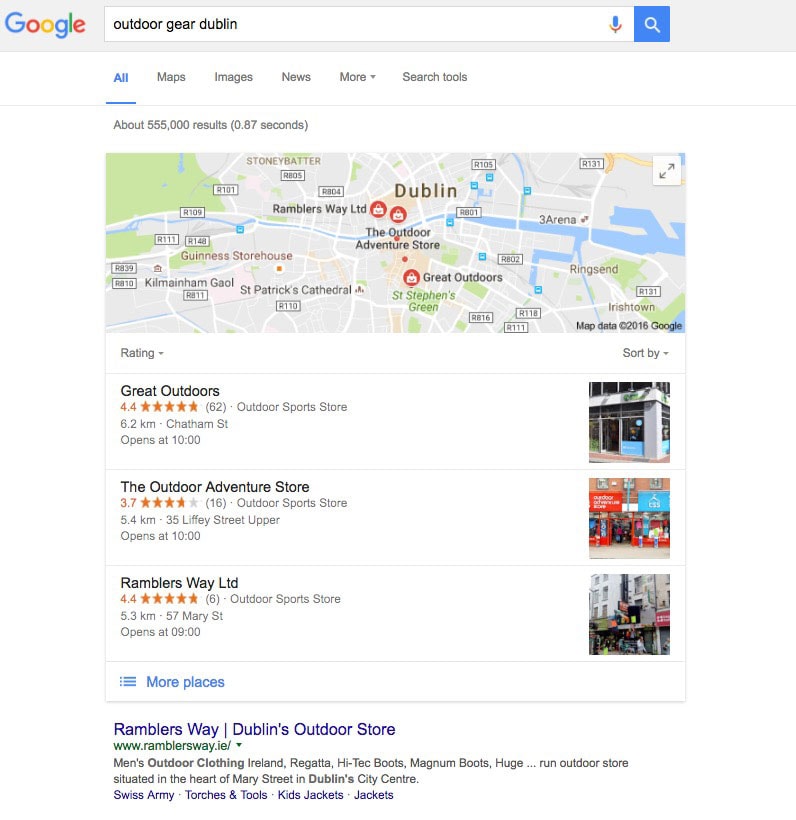
Note the top three highlighted businesses under the map. We call this the Google 3-pack or local snack pack. It’s where you want your business to appear in the Search Engine Results Page (SERP). The Click Through Rate (CTR) on these results is very high.
Local SEO Strategy Plan
These 9 steps should be a priority for improving your local SEO strategy:

1. Create a Google MyBusiness listing. Make sure to use the exact same name, address, and phone number (NAP) that appears on your business card and website.

2. Add your address and phone number in a prominent location on your website. The footer is a good location to add these details as the footer displays on every page view.

3. Some local business websites do not use the .co.uk, .de, .com.au or whatever your top-level domain happens to be. If your business domain ends in .com, change the international target location in Google Search Console to point to your country.

4. Check for, and remove, any duplicate entries in Google Maps. If you created a Google Plus page in the past make sure you clear up duplicates when starting a new Google My Business page. A single unique Google Plus page and a single Maps location is the goal to achieve.

5. Search for your address or parts of your address in Google and Bing and check for incorrect listings. Try “100 Main Street, Dublin D11 YE04”, try “100 Main street” or “YourBusinessName 100 Main Street”. Find all incorrect listings and address them.

6. Suppliers, partners, and clients in your general local area are ideal sources of links. This is especially true if their website is built on a .ie domain. Ask these businesses to link to you. There are a few technical strategies involved in link-building, which I won’t go into here. The quality of a link will depend on several factors but any link from a relevant source is good. A good SEO professional will understand exactly how the link should appear.

7. Local Blogs can be a great source of backlinks and also a strong indicator of local presence. If your business is a gym based in South Melbourne, then a mention on a South Melbourne blog would be useful. Relevancy is important here. The link should be part of a piece of content about local gyms or businesses in the local area.

8. Create an account on both Yelp and TripAdvisor and encourage your clients to review your business on these sites.

9. Sponsoring other local businesses or charities is another way of obtaining backlinks from relevant websites. However, a word of caution on this one. Obtaining a link from a company website that you donate to could be considered a form of ‘paid linking'. This is against Google's Webmaster policies. I would use a NoFollow link in all cases.

10. If possible use a local web host. Your website’s server IP will affect the search ranking to some degree. It’s a minor factor but every little helps. Web hosting companies like Cloudways offer customers super-fast hosting for a very competitive price but have servers all over the world. But the quality of the hosting is really high.

11. Use the excellent Help A Reporter Out service to win high authority backlinks from publications and blogs. If you're an expert on any topic, this is a great source of free backlinks which can boost your SEO and increase your site's authority.
Note: Avoid large international directories with no focus. Local niche-focused directories are the best options and won’t trigger any SPAM signals with Google.

Local SEO and On-Page SEO
What I’ve described here are local SEO tasks but your on-page SEO will be just as effective for local targeting. Using the right local SEOkeywords in your titles, image alt tags, and URLs will really make a difference.
Create geo-targeted landing pages, correctly format your pages, and focus on content relevant to local customers.
Add relevant Meta descriptions to improve Click Through Rate (CTR). Meta descriptions show up on the search results pages. They can provide potential visitors with information on what your business offers. Using the name of the town or street where your business is located is a good idea.
The next steps would be to perform local SEO keyword research on geographically relevant terms such as ‘best Dublin pizza’ or ‘best digital agency Dublin’. Then craft a content management campaign around these keywords. Monitor these pages with Google Analytics or a similar analytics tool to determine if local searchers get the answers they need from your content.
Following this strategy will lead to a place in the Google ‘3 pack’ for your website. This results in more customers for your business.
Local SEO is a continuous process. Many factors influencing the search results will change with time. Examples include:
- Changes to your business's products and services
- Changes to Google's search algorithm
- Competitor local listings sites appearing and disappearing
- Customer reviews on your Google My Business listing
One of your regular SEO tasks should be an audit of citations to keep your brand name consistent everywhere.
Local business directories
Zipleaf.com DA: 36, link: YES (nofollow) *see below for explanation
Hotfrog.com DA: 30, link: YES (nofollow)
The first number after the listing submission URL is the MOZ domain authority ranking. MOZ is an SEO software company that gives a number, indicating domain strength, to each domain. This number represents the power and trustworthiness of a domain. A new website will have a domain authority of 0. Google.com has a DA of 100.
Some local citation directories include your website URL for free. Others require payment for this. A link from these websites effectively counts as a backlink. A backlink is simply a link back to your website. It is an indicator to Google of the trustworthiness of your domain.
There are two main types of links, however, DoFollow and NoFollow. The first type is the most desired type, as it signifies trust. A NoFollow link means that the linking website does not vouch for the quality or trustworthiness of the linked domain. Most directories will offer a NoFollow link, but some offer a Follow link)
There are many more citation directories but these will get you started and build some quality connections.
Organic Clicks Vs Real Visits
Ask yourself if you want clicks to your website or people to visit your store. I’m sure there are a few vain egoists that would prefer the latter but the vast majority of people don’t care about website traffic and social media stats. What they care about is making money and keeping their customers happy. If Google can provide people with an easy way to find you, even if it means zero clicks through to your website, it won’t matter.
The next metric to keep an eye on will be Google My Business clicks. As long as your business appears for the right local search terms in Google Maps, snippets, and in the 3-pack, everything else is incidental.
Publishers such as bloggers, news sites, and non-local businesses, will continue to rely on organic traffic. Whether the majority of traffic comes from Google, Bing, Pinterest, Amazon, or some other search engine will vary. But Google’s competitors are making serious inroads into the organic search results Google has dominated for the last 15 years.
Many bloggers rely almost entirely on Pinterest traffic to make money, for example. Ecommerce businesses love Amazon’s marketplace and SEO for Amazon is a growing trend. Bing, although it currently doesn’t register on most people’s radars is still growing and might one day take a big enough chunk out of the organic search market to hurt Google.
Facebook’s local business search services are nothing special at the moment, but the potential is there. The amount of information Facebook controls means that if the company does decide to create some sort of local business search engine, they could easily take a huge chunk of Google’s core business.
What do you need to do to prepare for any possible fallout from these changes?
Google Business (ex-Google My Business)
If you care at all about your results on Google, you must set up a Google Business profile and optimize it for SEO. Even if it never becomes the main channel for users to know about your company, it will keep increasing in importance.
- Add Google Posts on a regular basis – there’s a lot of evidence to suggest that this helps with rankings.
- Create a useful and precise description. Don’t just throw lots of words down here. Think about how your visitors might look for your services. Instead of bragging, talk about what you can offer clients. You might be tempted to say “we’re the best gym in London”, but it might be better to say that you “offer the best training programs to help people lose weight”. Don't mention prices or offers. You get 750 characters so there's plenty of space for natural language descriptions.
- Put your business in the right category and make the business phone number a local number. 1800 phone numbers won’t cut it here. You can use call tracking numbers (recommended) as long as the main businesses number is visible on your Google Business profile and website.
With its many analytics tools, Google Business is becoming a valuable resource for SEOs. Use the Insights section to find out exactly how your customers find your business. Discover if customers find your business through brand name searches, category or service searches, or business profile searches. See if your maps listings or search listings drive the most views. Find out if potential customers prefer to call your offices, drive to your physical location, or visit your website. The Directions Request feature is a great tool for finding out where potential customers live or commute from.
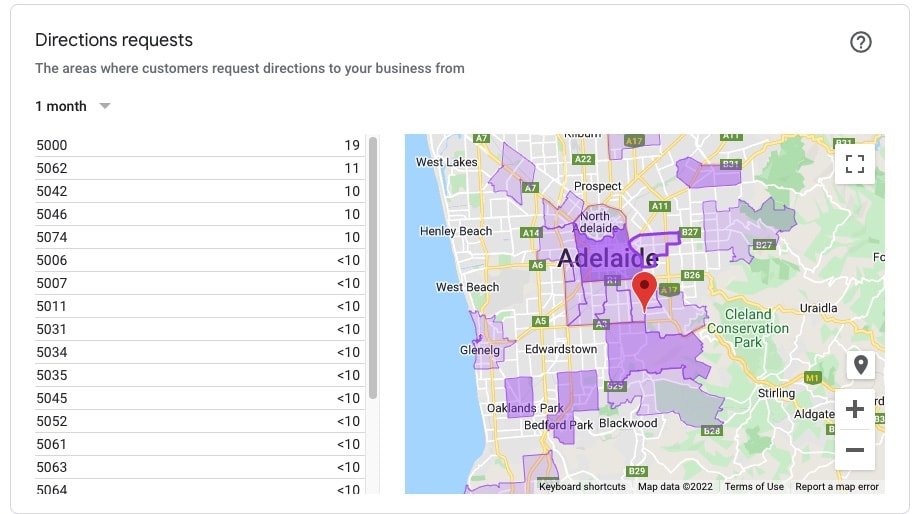
You can combine the direction requests information with data provided by GMB Everywhere (an SEO-focused Chrome Browser Plugin) to get better insights into where your customers live and work, and where your business ranks best in Search and Google Maps.
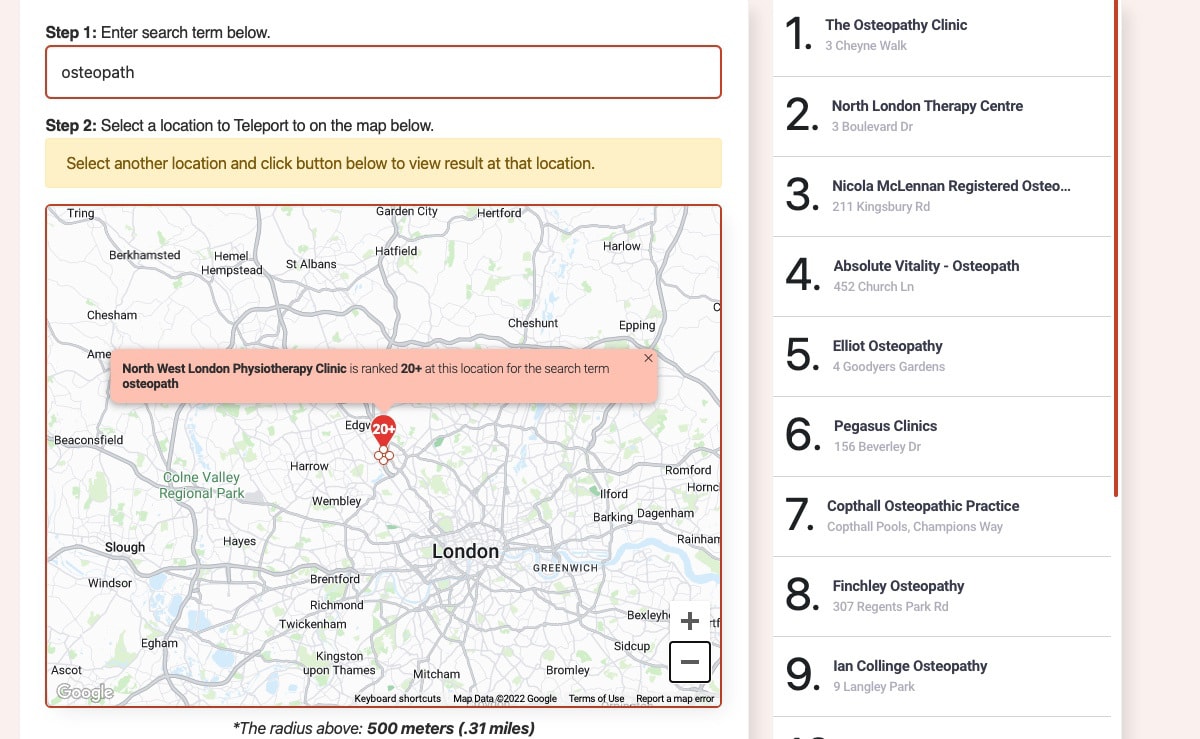
Reviews
Local businesses with no reviews rarely perform well in the search results. It’s a simple fact. You could have the best service or product, optimized website, and web presence, but without those reviews, your business will not get the attention it deserves.
Google wants to see that people trust your business. In the end, the big Gs business model is based around providing the best answers to customers. If lots of people like a business and talk about it, Google knows other people will like it too.
Reviews are also perfect examples of social proof. How many times have you made a decision about a restaurant based on the rave reviews or negative reviews of previous clients? It’s quite a common thing to base your decision on someone else’s tastes and whims. That’s just human nature.
How can a business get reviews?
The first thing to know is that incentivizing positive reviews is against Google’s terms of service. Most other platforms and networks (Facebook and Yelp included) shun this kind of practice too. There’s also a grey area where even incentivizing any kind of review will get you into trouble. Negative reviews can have a detrimental effect on your local SEO strategies so make sure to properly address any issues and answer the negative reviews as soon as possible.
Use your mailing list to remind customers that they can leave a review on Google, Facebook, and other review sites.
ReviewShake helps consolidate and manage all of your reviews. It also allows for email triggers when someone signs up to your list or you add a new subscriber. Use these triggers to send off emails that contain a link to the various review sites.
The Future of local SEO for small business
I can see a day when local businesses do not get clicks to their websites from organic searches. This is already beginning to happen. Google’s consumption of all available space on the first page SERP (Search Engine Ranking Page) means that fewer people even see your website's link.
What does that mean for small business owners and managers of local brick and mortar stores?
Well, to start with, your organic traffic won’t account for much. Clicks to your website for search terms like “organic cafe near me”, for example, will be a thing of the past. Everything a customer needs to know will appear on the search results page.
Potential clients will get your business’s phone number directly from the SERP and be able to initiate a call directly. They will be able to reserve a table using something like OpenTable or a Google equivalent. They would read your menu directly on the search results page. Google is even pulling reviews of your business from sites that do that kind of thing (The future of these sites is something else to consider – nobody yet knows what will happen).
People will get directions from Google Maps and live traffic data will help them decide if it's worth traveling to your place of business. Customers will know when your cafe is busy and when is the best time to visit. Pricing will be displayed prominently and so will your competitors.
Only truly curious people, old-school internet users, and friends of the owner will actually click the organic listing. By the time these changes are implemented in Google search, these people might even have to scroll quite far or click through to page two on Google to even find a link to your website.
Summary
Google isn’t the only channel for success and many people are starting to realize that. Many people have built successful businesses on Instagram, Reddit, Pinterest, Amazon, and other places that Google has little influence over.
However, when it comes to SEO for small businesses and especially local brick-and-mortar stores, Google’s local listings are the lifeblood of their revenue streams. Without foot traffic, these businesses will not survive. And until something drastic changes, following the changes in local SEO factors should be a priority. Don’t be left out.
Frequently Asked Questions
Is a Google My Business backlink useful and how do I get one?
When you add your business to GMB, you can add your website in a number of locations including the appointment links area and in the call-to-action section of your Google Posts. It's not clear what value Google assigns to these backlinks, but there's no harm in having them.
What are the best practices for local gym SEO?
If your business website ranks high in the Search Engine Results Pages (SERPs) it’s like opening the tap on an unlimited supply of free traffic. Tailor your content for local searches. Do keyword research and uncover the local-focused phrases that people are asking Google about. Read Content Marketing and SEO for Health And Fitness Businesses and Lead Generation Ideas for Gyms to help improve SEO for your gym.
Are long-tail keywords useful in local SEO?
Absolutely. Long-tail keywords are excellent keywords to target for attracting the right kinds of customers. “Physiotherapy” is too broad of a topic to try and win in the search results. “Sports Physiotherapy Miami” is a better long-tail keyword. Look for even longer low-competition key phrases; these long-tail keywords will often have a higher conversion rate.
Need Local SEO Marketing Solutions?
Let us take care of that for you. We have a variety of local SEO for small business plans. We work with gyms, yoga studios, clinics, and many other types of small physical businesses. Leave your email below or in the chat and we'll get back to you.

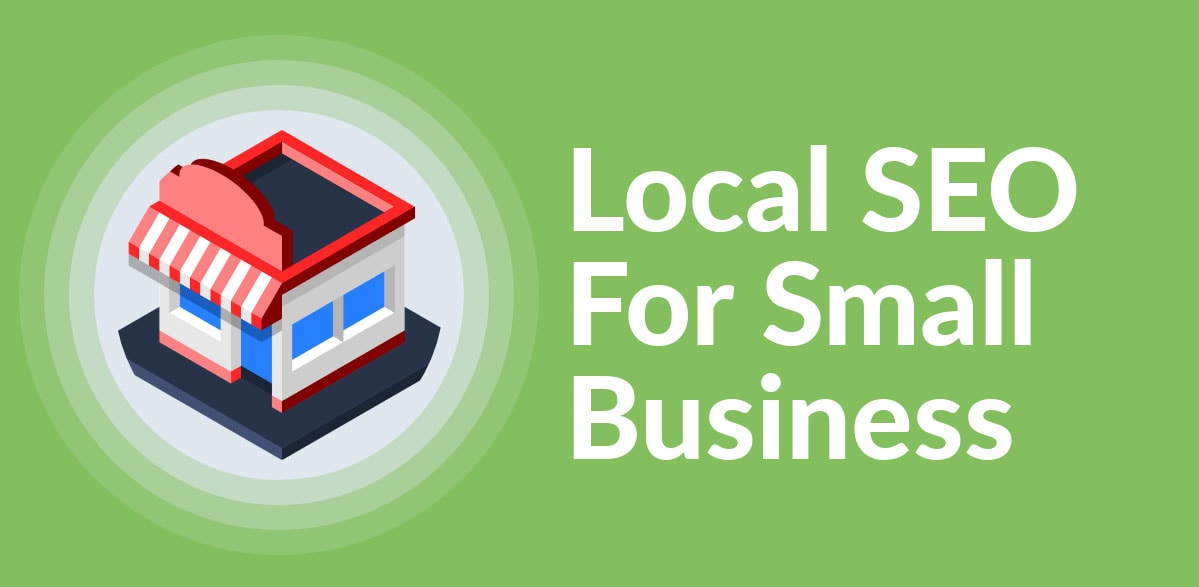
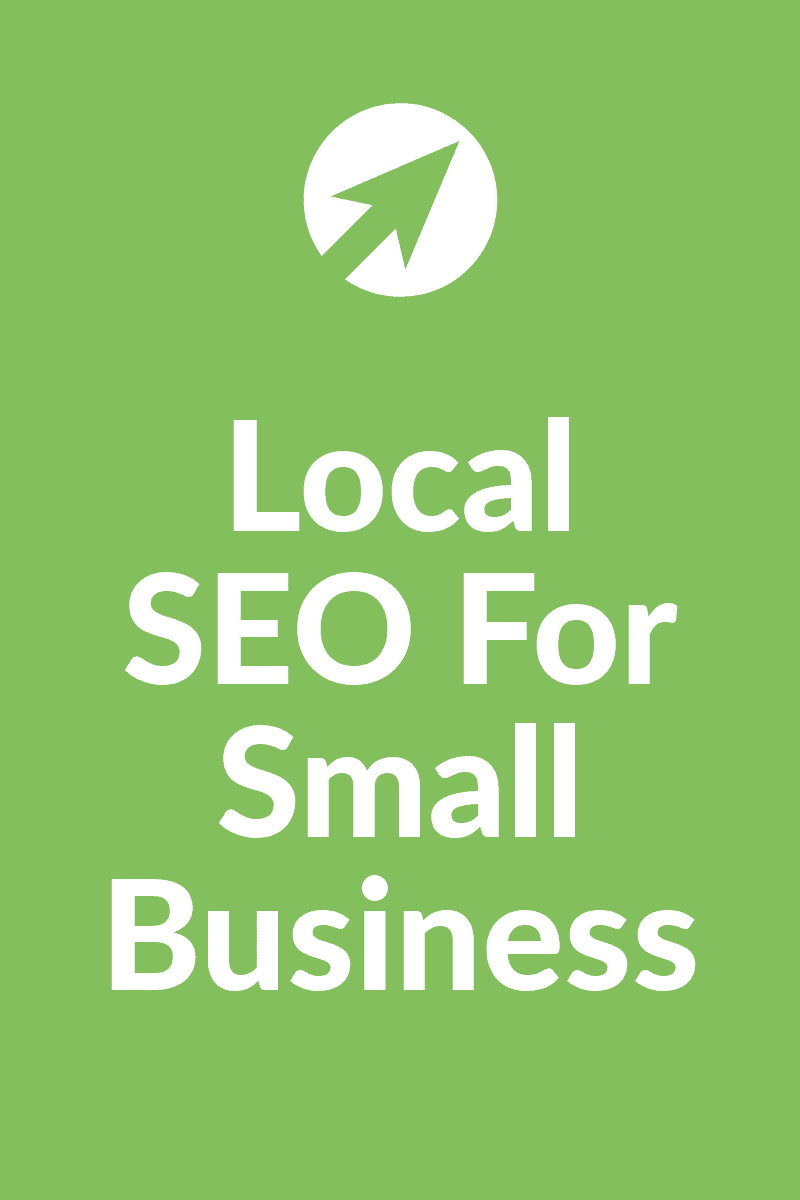
Great information on this local SEO post. I have been in and out of the snack pack now for about 6 months so it is a little frustrating at times but Google is a moving target and keeping up with the latest strategies and even the evergreen strategies is a lot of work. Good job on the post.
Thanks Dennis. Much appreciated
Great Post. Thanks for Sharing.